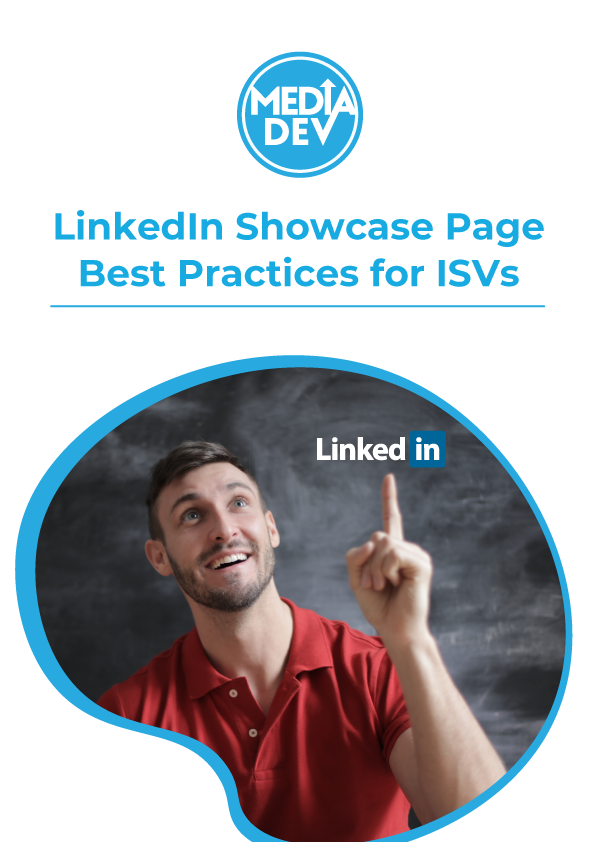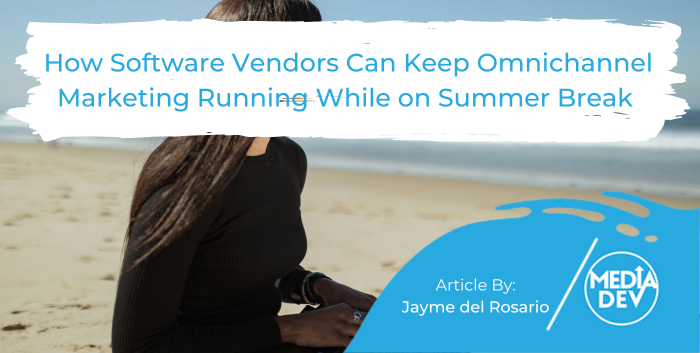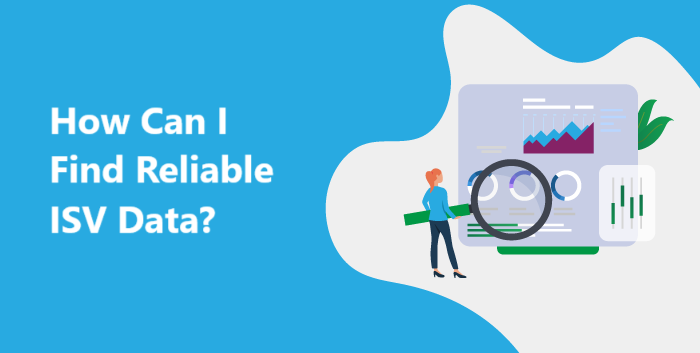I think that this may in part be due to the “busyness syndrome” — having too much to do that our minds are incapable of stopping the monkey chatter that has become an omnipresent background noise in our brains, reminding us of the hundreds of things we need to get done during the day (or the next day, or the day after that…). This phenomenon is not unique to a particular culture, generation, or sub-set of the population; and it can be observed through our interactions with colleagues, friends, and family. For example, have you ever had a conversation with someone and you just knew they were not really paying attention? Have you ever attended a business meeting and thought to yourself, “Wait, what are they talking about?” Or driven in the car and not remembered how you got to your destination? We are all guilty of not being truly present in the moment, of letting our subconscious guide our gestures while we consciously drift and think about everything but what’s right in front of us. As marketers, this notably fleeting attention span makes our jobs harder because not only does it mean that we have even less time than ever to capture our audience’s interest, but we also know that it will be difficult to keep it for long periods of time. So what can be done to capture and keep your audience’s attention when it comes to software marketing? Here are some ideas:
Multi-Tasking Kills
While many pride themselves on being able to successfully multi-task, I am a firm believer that it’s not a valuable skill to do many things poorly all at one time. It would be better to get one thing done well before moving on to the next task. By reiterating this to your teams, it will help them be more attentive to your customers’ (and potential customers’) needs and should help improve client retention rates (and successful sales conversion). If your sales team has the tendency to give long product demos, make sure they integrate breaks into the sessions in order to account for restlessness, and so as to give prospects the opportunity to stretch their legs. This can also be true of virtual events, especially those that go all day long. By integrating breaks into the sessions, this will help your audience be more focused on the key messages presented.
Social Media Doesn’t Help
While endless scrolling on social media has become a habit for nearly everyone, the insatiability and mindlessness that goes along with it has contributed to our inability to focus on things that are important. It’s good to take breaks from social media from time to time so that you don’t get sucked into a black hole, wasting hours of time for very little gain. Setting daily limits on how much social time you allot to yourself, and using an alarm to warn yourself when your time is up, is a good way to make sure that you don’t spend too much of your time scrolling. It is also good to limit your comments and interactions to focus on what’s really important to you instead of giving random strangers advice. In terms of social media marketing, creating short posts with attractive images or embedded videos will give the scroller time for pause. You want your audience to have a look, click, like or comment on your post, so it’s worth creating several variations of the same post to see what format gets the highest level of engagement from your target. You can conduct A/B testing to pinpoint the exact difference that makes the difference. Digital detox is certainly something that we need to do periodically, so don’t over-post. Having fewer, more highly valuable posts is more important than daily posts that just contribute to the (online) background noise.
Get Creative!
In order to make your marketing stand out, you need to consistently innovate and try new ideas. Whether that be by creating 3D content, sending your prospects goodies in the mail, or hosting a wine and cheese Zoom event, it’s important to think outside of the box and do things differently in order to capture your audience’s attention. By adapting your tactics to suit the exact needs of your target audience (whether that be by using a particular channel or a specific kind of content), you should be able to leverage their preferences to your advantage. Understanding your buyer personas of course is key to be able to do this, so be sure to take time to get to know them well.
Final Thoughts
We all have the same number of hours in a day to get things done. By using those minutes by design instead of by default (ie choosing to focus your time on what’s important to you instead of mindlessly wasting them) you can help improve your level of concentration and reduce the tendency to be scattered. By planning out the use of our time wisely, we will be able to get more done in less time because we won’t waste time unnecessarily.









